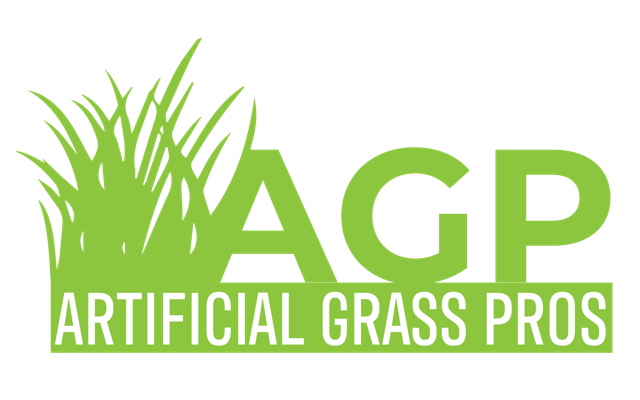The beauty of nature is undoubtedly unparalleled. However, when it comes to commercial spaces, it’s not always feasible to maintain natural grass. This is where synthetic turf comes into the picture. The idea of synthetic turf has taken the world by storm, and for good reason. With superior quality, minimal maintenance and cost-effectiveness, synthetic turf has become a popular choice for commercial spaces. But, is it the best choice? In this blog post, we will delve a little deeper to help you determine if synthetic turf is good for commercial spaces or not.
- Cost:
One of the main reasons why synthetic turf is gaining popularity in commercial spaces is because of the cost factor. Natural grass requires regular upkeep, including watering, fertilizing, and mowing, which can significantly add up to the cost. This is where synthetic turf shines. Although the initial installation cost may be high, the ongoing maintenance cost is much lower than that of natural grass. Synthetic turf requires no watering, no fertilizing, and minimal regular maintenance. - Maintenance:
The maintenance of artificial grass is significantly lower compared to natural grass. With natural grass, regular maintenance activities such as mowing, watering, fertilizing, and pest/weed control take a considerable amount of time and effort. Additionally, natural grass can quickly develop bare patches and bald spots, which can look unsightly. Conversely, synthetic turf can be easily managed with minimal effort and is highly resistant to wear and tear. - Durability:
Durability is another factor that makes synthetic turf an excellent choice for commercial spaces. Unlike natural grass that can quickly develop bald spots and be vulnerable to extensive wear and tear, synthetic turf can last for years without requiring any significant repair or replacement. In commercial spaces, synthetic turf is subjected to constant foot traffic and is expected to maintain its appearance even in high traffic areas. This can only be provided by synthetic turf due to its rugged material composition. - Aesthetics:
The aesthetic appeal of synthetic turf is another factor that makes it a popular choice for commercial spaces. With advancements in technology, synthetic turf now comes in a variety of shades and textures that mimic natural grass almost to perfection. Unlike natural grass, synthetic turf can maintain its vibrant texture and color without any effort. Additionally, synthetic turf can also be used to create unique design patterns and custom logos that can provide an element of visual appeal to commercial spaces. - Environmental Impact:
When it comes to environmental impact, synthetic turf does have its downside. Synthetic turf is made from petroleum-based products, which can contribute to environmental pollution. However, advancements in technology have led to the development of synthetic turf made from recycled materials, which promotes a more sustainable approach. Natural grass, on the other hand, requires regular watering, fertilizing, and mowing, all of which consume significant amounts of water and energy, making it less eco-friendly.
Synthetic turf has become a popular choice for commercial spaces due to its cost-effectiveness, minimal maintenance, and durability. However, as with any alternative to natural elements, synthetic turf does have its drawbacks. With ongoing developments in technology, synthetic turf can be manufactured in a more sustainable way that has a lower environmental impact. Ultimately, the choice between natural grass and synthetic turf will depend on your individual circumstances, budget, and preferences. We hope this blog post has provided some helpful insights into determining whether synthetic turf is the right choice for your commercial space.
Find out more from our previous blogs!

Recent Comments